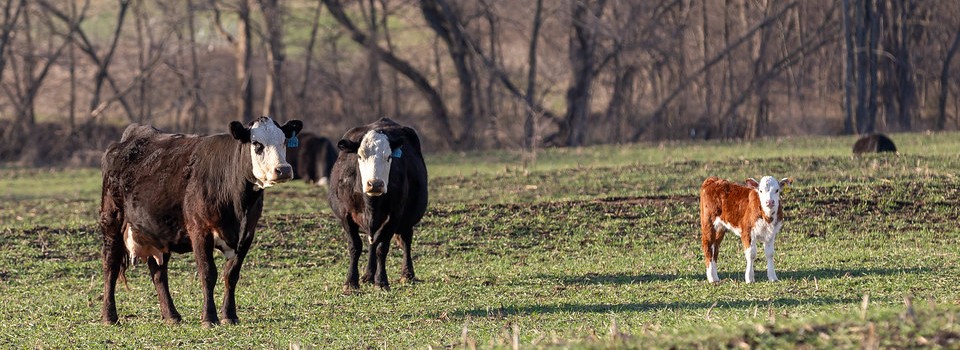Timing is the key to a successful calving season, but beef cattle producers often wonder how they can narrow the calving window, or the timeframe in which cows will be giving birth.
Speaking on a recent Cattle Chat podcast, K-State beef cattle scientist Bob Larson said a wide calving window poses two main challenges for producers:
- Aligning calving with forage seasons, because forage must be adequate for the lactating cows.
- Calves born early in the season have higher weight and value, thus a tighter calving season can produce more of these calves.
Larson said producers’ goal should be reproductive efficiency and notes that it can be very difficult to move late calving cows to calve earlier in the season.
“I would probably focus on developing replacement heifers so that all of my replacement heifers calve early, and over time cull the late bred cows,” Larson said.
When determining the length of the calving window, Larson suggests capping it at 70 days.
“Herds can have high reproductive efficiency within 65-70 days, which is the goal,” he said. “By breeding heifers early, turning out fertile bulls and aligning with forage seasons over a couple of years, producers can narrow that window.”
“In general, give yourself four or five years to move from that long window to a shorter calving window.”
Larson and others also discussed whether synchronization efforts could assist in shortening the calving window. Larson said synchronization efforts would only work if the producer separated the herd into multiple calving groups.
“I don’t recommend doing that because the marginal gain is relatively small; it’s just a few cows each time I do that, that get moved forward,” Larson said.
Larson suggests penciling out cost implications when deciding what actions to take. “Each situation is different as there is not a one-size fits all solution for calving windows,” he said.
“You’ve added a lot of complexity and labor to cow management and (you need to determine if) that aligns with your other responsibilities,” Larson said.



